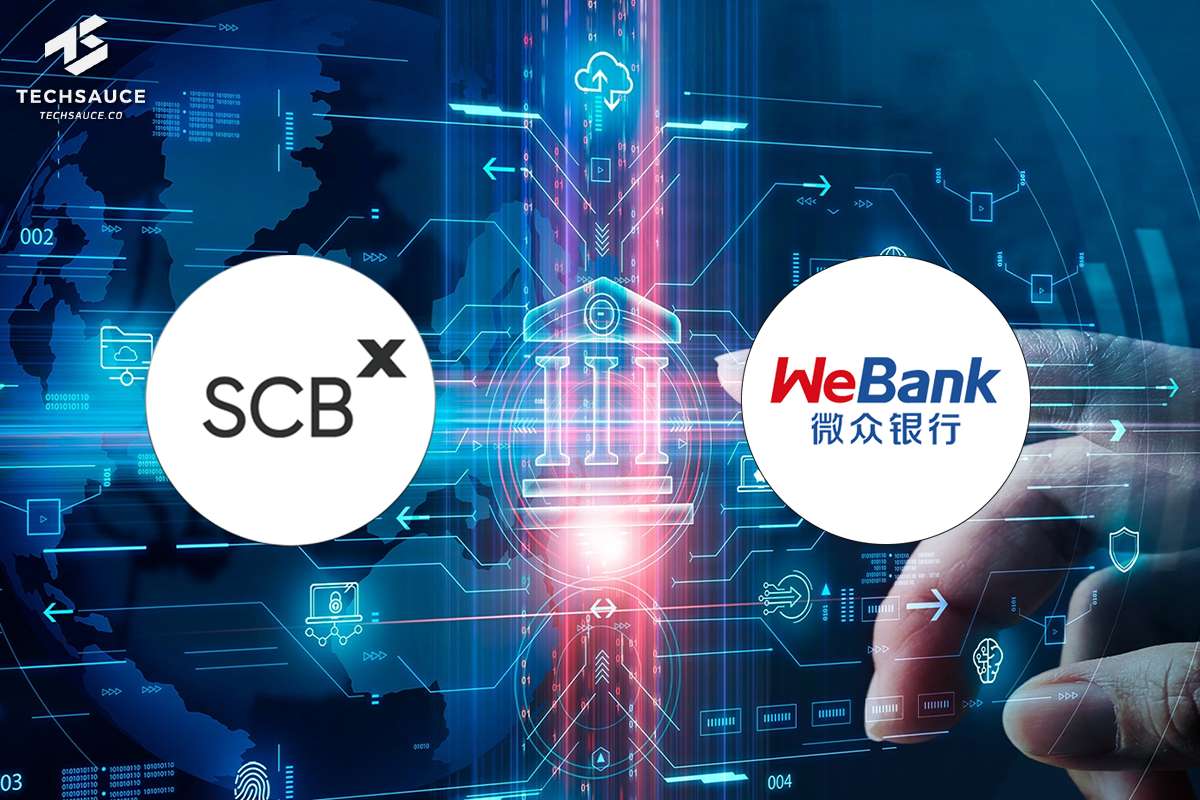Financial Inclusion: Just another FinTech 'Buzzword'?
At this year's Fintech Finals 2018 which took place in Hong Kong a new 'Buzzword' has started to circulate - ' Financial Inclusion'. This idea is extremely promising for developing countries and through the use of technology it hopefully can become a part of everyone's lives.
A panel of CEO's from across the FinTech and tech Industry were on hand to discuss and debate the future developments of Financial Inclusion through technological developments and investment.
So how can this problem be rectified?
We have to first look at financial inclusion and what does it actually mean?
Michael Singh: Coming from the Philipines, where there is an even worse situation financially, you only have 20 million bank accounts out of 70 million Philipinos. Banks in emerging markets tend to be corporate lenders to the tip of the pyramid and focus on wealth management.
70% - 80%of the population falls into a low category of only earning 70 - 100 dollars a month. Banks are very far away from considering to touch this demographic/market. They just don't know how to cater or facilitate these people. However, we all have a need for credit. So where does this lower class of society turn to? Loan sharks with higher interest rate and private lenders.
In that sense, financial inclusion would mean bringing bank services to the larger part of society that is at the bottom part of the pyramid who are underserved.
What does financial inclusion mean for small business owners?
Patrick Lynch: (a small business developer) It means opportunity. It's having access to financial services that will help them get to the next level. It's not about just providing credit. It can become negative and detrimental to a business. Helping the financial structure of the whole business is more important.
What we can gather is that banks don't really know their customers and this can be true for big corporations too.
With Regards to Big Data, how do we help larger, more encumbered companies get to know their customers?
Peter Barcak: For us, financial inclusion is sustainable access to financial services and that helps lenders serve their customers better. We are here to help them better assess who they are lending to and make sure the companies and clients are well looked after/supervised. It's important to help customers become part of banking institutions rather than stand-alone loan sharks and help customers meet their dreams and aspirations.
If we look at financial services it is there to help the community in some way. 'Micro Finance' has been around for centuries - in villages for example someone will lend money to women in particular to set up their business. It's a quick solution, however we haven't been able to see a sustainable financial business through Micro Finance. If we want to make a sustainable change accross millions of people then we have to use tehnology to reach them, as well as serve them.
How does 'your' company use technology to reduce barriers and help people come into the system?
Patrick Lynch: The reason why small businesses don't have access to lending as it relies on collateral or a long-standing customer relationship. What we do is open up the investment market to a large number of businesses by using the internet to distribute the money, as its a considerably cheaper option. We can serve shorter/smaller loans that essentially smaller businesses need. We open up the market by providing info and we open up the market by reducing cost.
How big is the loan you tend to lend to an SME for example?
Patrick Lynch: The SME comes to us and can apply through our mobile app. It can be done really quickly within 3 days without collateral, for example, we can lend roughly 20,000 dollars if needed.
A bank, however, can take up to 4 weeks to process the whole thing. This is because of their structure and protocol and networks. For us, it's all in one system which enables us to condense the whole process and shorten the time frame, opening up the market to a larger number of businesses.
For Asia credit - what does a typical customer take from you? And how do you make it accessible through technology?
Patrick Lynch: Technology really is the solution to financial inclusion. Our typical customer is looking for around 150 dollars. There is no way a bank for example with all its red tape can service this loan. The thing that technology can do is typically service a loan quickly. If you look at an emerging market like the Philipines, almost 70% of the population are on their smartphones and our largest customers come from Facebook. It's an end to end digital transaction. We serve up our adds through social media. We use a lot of robotics and technology which continues to drive down cost through the use of technology. This has certainly disrupted a lot of industries. There is a fundamental shift in consumer behaviour as people are getting more money delivered to their phones in the last 5/10 years.
We have developed an app where we can pay clients and analyse clients behaviour. Everything is relating to Big Data.
How do you make money from financial inclusion?
In an untested market, like the Philipines, banks have tried in terms of lending and have been burned quite badly. The key is to bring down prices and move people and businesses up the pyramid by educating, financing and supporting them.
How do you actually get the funds to your clients?
We create an electronic wallet but in countries like the Philipines, cash is crucial and e-commerce is not that high. We have remittance with cash points across the country. Whether its a Westin Union for example. One of the challenges we face in emerging markets is institutions like the banks building up electronic money and we do tend to rely on bricks and mortar to distribute the loan.
If you were to think in 5 years times how will your business affect financial inclusion?
Peter Barcak: The key factor is penetration of public debt. Currently in South East Asia, comparing it to other countries, like the West this is still a problem. utilising Big Data can help to infiltrate this problem.
The key things to take away from this discussion and revelation of Financial Inclusion is that its to facilitate the hopes and dreams of the people. The first step is through financial credit. Technology allows people to be part of the banking and financial system. Customers have all moved online. Their behaviour has changed, therefore we have to facilitate their wants and needs through financial apps, proving access to money for more of the population of emerging markets.
ลงทะเบียนเข้าสู่ระบบ เพื่ออ่านบทความฟรีไม่จำกัด







